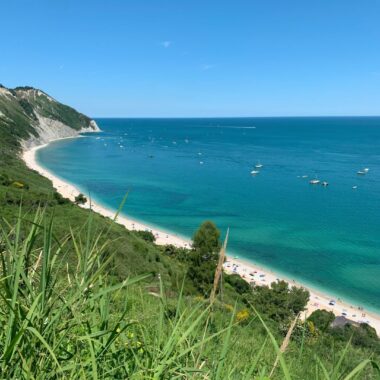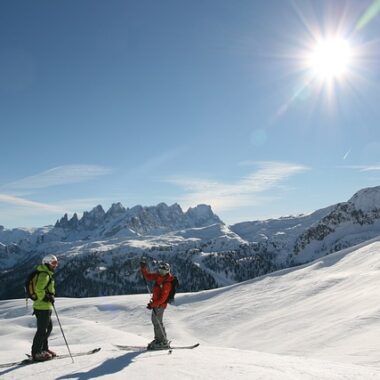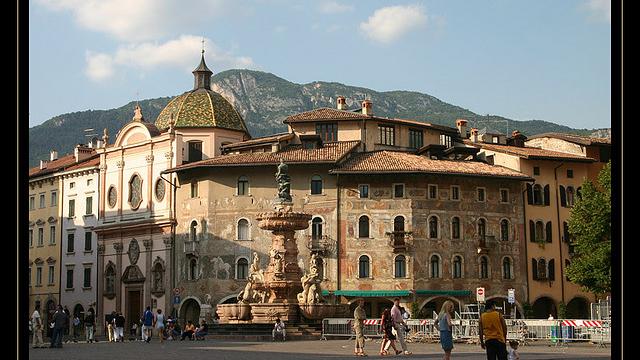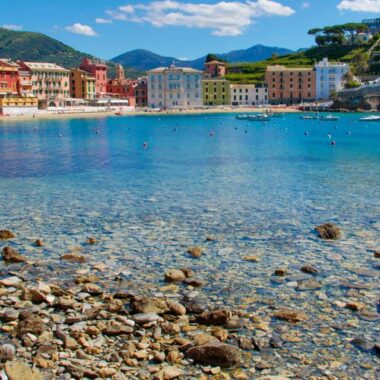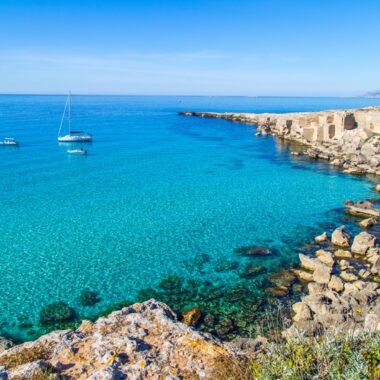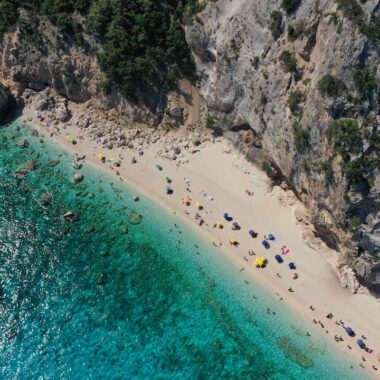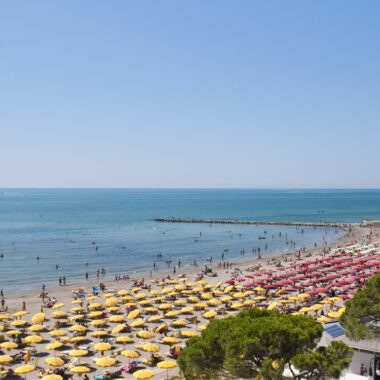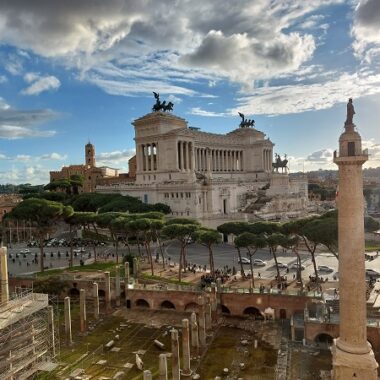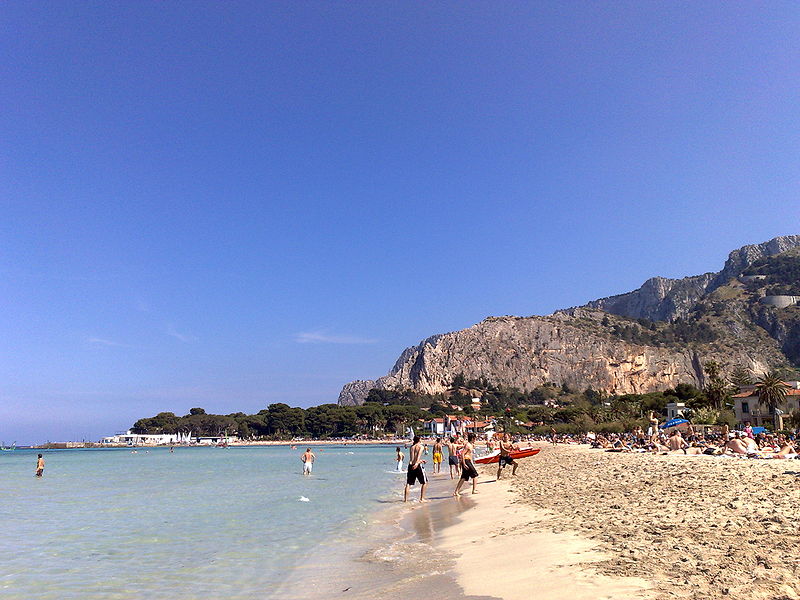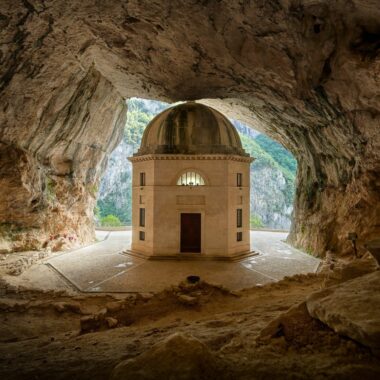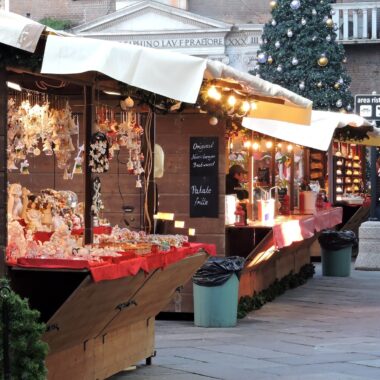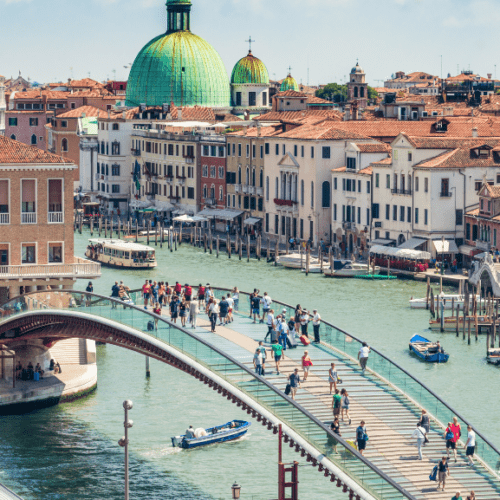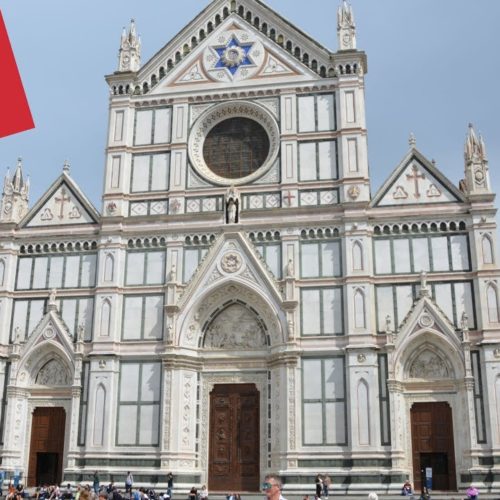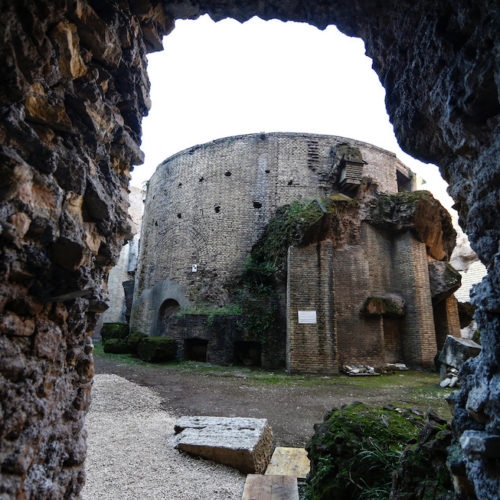The majority of the UNESCO Heritage sites in the centre of Italy can be found in the regions of Tuscany and Lazio. It is especially to the preservation of the historic and artistic relevance of cities and town in the area that UNESCO aimed at when choosing such locations for their list.
Historic Centre of Florence
Who is not aware of the architectural beauty and magnificent art of this town? Situated in the region of Tuscany, Florence has been always seen as the emblem of Renaissance and it flourished under the rule of the Medici family, in the 15th and 16th centuries.

The Rinascimento has been a rich cultural period whose origin can be very much pinpointed to Italy and, with even more precision, to the town of Florence. This fact, gave the tuscan town a predominant status in the cultural map of the 15th and 16th centuries. Although Florence is not that big compared to other Italian cities, it has a great concentration of relevant monuments including museums, churches and historic palaces. The Cathedral of Santa Maria del Fiore, sided by Giotto’s bell tower and the Baptistry of St John, which opens to faithfuls with the well known “Gates of Paradise” by Lorenzo Ghiberti, is one of the first to come to mind. The Palazzo Medici-Riccardi by Michelozzo follows, and St Lawrence’s Basilica by Brunelleschi, with sacristies designed by Donatello and Michelangelo brings together, in its structure and decoration, some of the most famous Italian artists of all time. The Galleria dell’Accademia guards Michelangelo’s David, while the Piazza della Santissima Annunziata seems to still mirror the faces and steps of those who walked past hundreds of years ago. Palazzo Vecchio and the Galleria degli Uffizi, the Museo del Bargello and the Boboli Gardens are only few others of the many sites comprised in the historical centre of Florence, which are protected by UNESCO. Florence, in other words, is a beauty in its entirety: you should enjoy it in its magnificence from what is considered the most strategic place offering a complete view of the town: piazzale Michelangelo.
Historic Centre of San Gimignano
If you’re planning a day trip from Florence, the town of San Gimignano has been listed as a UNESCO Heritage Site as a great example of Medieval civilization. At the time, San Gimignano was considered an important crossroad for pilgrims who went to or came back from Rome. Today, this small town preserves its Medieval walls and houses, and the two main squares around which it was developed: the Piazza della Cisterna and the Piazza del Duomo. In the course of time, San Gimignano has remained almost intact with its wells, fountains, streets and houses, its beauty enriched by the typical Tuscan landscape of the Val d’Elsa.

Historic Centre of Siena
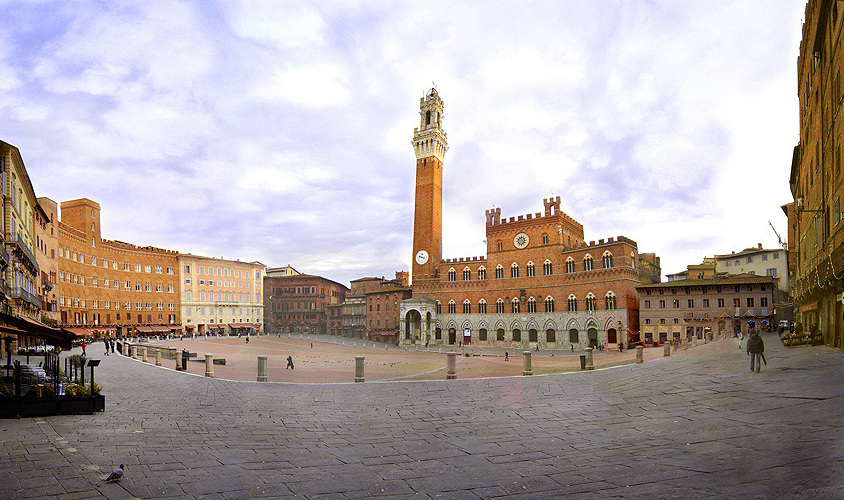
The historic centre of Siena, another breathtaking Tuscan town, is also part of the UNESCO World Heritage. Its main attraction is certainly Piazza del Campo, the square around which the city was built. Siena is a perfect example of Medieval urban architecture, which is still very much preserved today. The historic centre is based on a Y-shaped plan made up of three main arteries meeting at the Croce del Travaglio. Piazza del Campo is one of the largest open space squares in Italy, where the ancient power of the town hall can be immediately perceived.
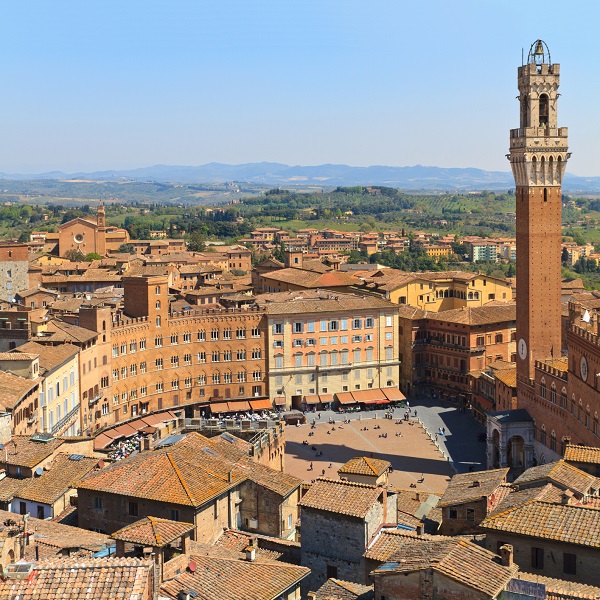
Historic Centre of Urbino

Although Urbino, situated in the region of Marche, is a relatively small town on top of a hill, it used to be an important cultural and artistic centre in the 15th century. It is considered a great witness of Renaissance culture and it has preserved its Renaissance architecture and art in harmony with the local landscape.
Historic Centre of Rome, the Properties of the Holy See in that City Enjoying Extraterritorial Rights and San Paolo Fuori le Mura
Rome was not built in a day: its monuments are so many and its streets so rich in history and art it would be almost impossible to make a list of all that is there to be seen and that is protected under the UNESCO Heritage. The origins of the city date back to 753 BC and they are linked to the legend of Romulus and Remus. The title of World Heritage site is due to Rome’s architectural and artistic wealth, which includes (but it is not certainly limited at) the Pantheon, Trajan’s Column and the Column of Marcus Aurelius, the Forum, the Mausoleum of Augustus, the Mausoleum of Hadrian.
Even if it is not territory of Italy, the extraterritorial properties of the Holy See are included in the list, which are only one step from Rome, just the time to cross the street. The list comprises monuments such as Santa Maria Maggiore, St John Lateran and St Paul Outside the Walls. The church of Santa Maria Maggiore is also among the protected sites, in name of the beauty of its mosaics and the architectural structure of both its bell tower and cupolas.
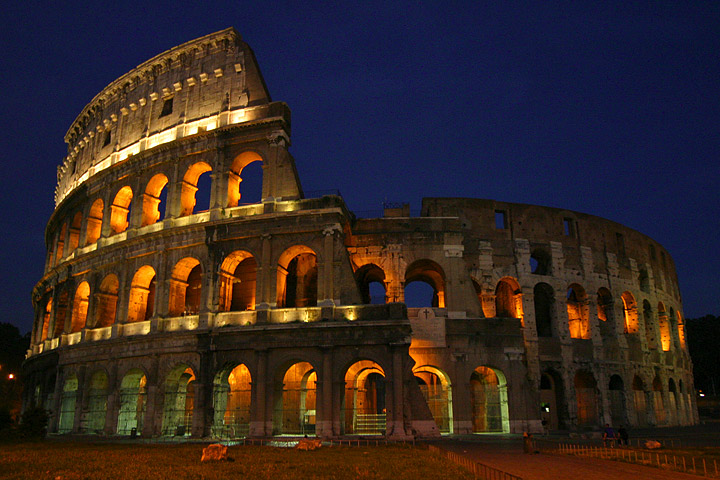
St John Lateran, San Giovanni in Laterano, is famous because it is the first cathedral built in Rome and, after some changes in the course of history, it stands today as a representant of Baroque.
San Paolo fuori le Mura was built thanks to Constantine, but a fire destroyed it in 1923. Immediately after, it was rebuilt again.
Sites like the Cancelleria (1483-1517), Palazzo Maffei, Palazzo di San Callisto and Palazzo di Propaganda Fide are all part of the list.
Assisi, the Basilica of San Francesco and Other Franciscan Sites
Assisi is a medieval town in the region of Umbria which is connected to Saint Francis, as he was born here. The town is particularly famous for its Medieval monuments, the Basilica of San Francesco, with its paintings by Cimabue, Pietro Lorenzetti, Simone Martini and Giotto. It is considered a heritage to preserve thanks to the status of city-sanctuary, which has been kept in the course of time, as well as its setting. Moreover, the Basilica has been considered an architectural complex inspiring the development of other art sites.
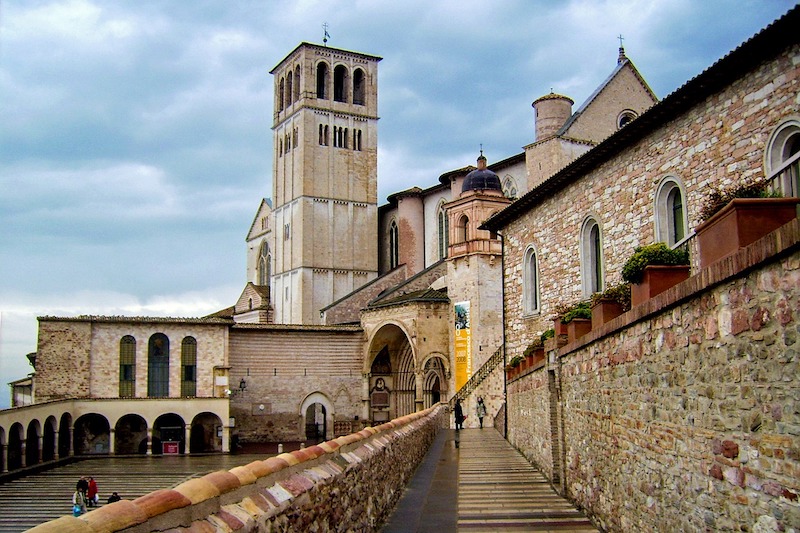
Etruscan Necropolises of Cerveteri and Tarquinia
The Necropolises of these two towns situated in the alto Lazio, the upper part of the Lazio region, are cemeteries testifying burial practices of Etruscans from the 9th to the 1st century BC. The tombs, the carvings on the walls and the paintings are all proof of ancient burial rituals: the cemetery was organized like a city with streets and squares and several types of tombs, tumuli, huts or houses can be seen. The Necropolises have been considered a unique proof of Etruscan civilization and they host buildings which have no equals, making the place worth to be considered part of the common heritage of mankind.

Author: Anna De Filippo
Editor: Francesca Bezzone
See also:
Unesco Sites in the South of Italy
Unesco Sites in the North of Italy I
Unesco Sites in the North of Italy II




